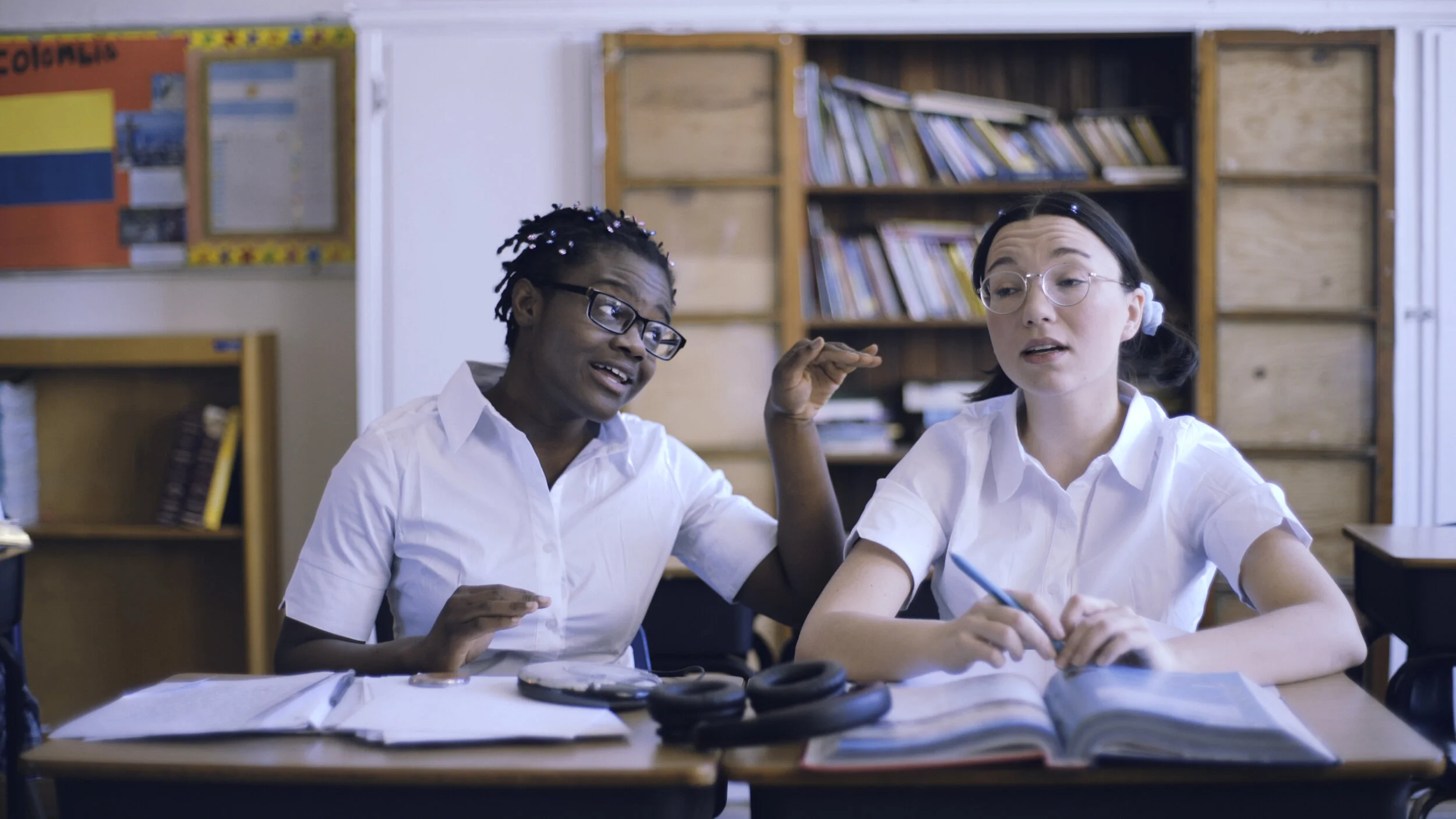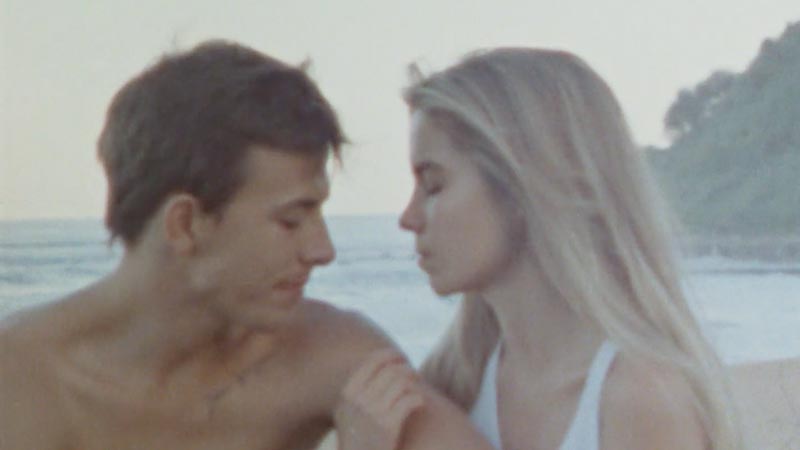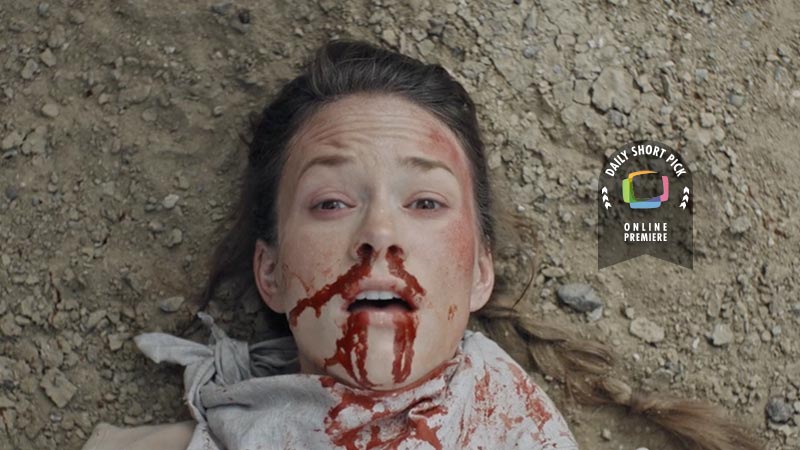This Is What I Look Like Naked is about a karaoke DJ who discovers her childhood best friend-turned pop star has adapted their inside joke into a mega-hit song.
Can you tell us what inspired you to bring this story to life?
I went to one of those private room karaoke bars with some friends and started thinking it’d be fun to rent out one of those rooms alone––which goes to show how much fun I am at karaoke! I remember looking at a person who worked there like, “yeah, they’re definitely belting out a couple of songs before they lock up tonight.” This ended up being the last scene of the film, so I sort of worked backwards from there.
On an emotional level, I’m definitely a nostalgic person and music plays a big role in that. Most of my childhood and teenage memories are informed by the music I was listening to at the time. One example is “The Black Parade” by My Chemical Romance, which my friend and I used to have a dumb inside joke where we’d just dance kind of cheerfully to the opening piano melody, which is quite somber and not something you’d dance cheerfully to. I wanted to make a film about the feeling of ownership people have over mainstream songs because of their own intimate associations with them.

The song is the film’s centre piece. Can you tell us a little more about its conception and production within the storyline?
Early on in the writing process, I looked into how much it would cost to license an actual song to center the film around and, as it turns out, it costs quite a lot of money! So I decided it would be better to write a fictional song for the film, which ended up inspiring the whole idea that the song started as an inside joke between the main characters Zoe and Nevin. It was a budget limitation that opened up a lot of doors in the storytelling process.
As for the production of the song, we recorded it at Sweet Tea Studios in Brooklyn. I wrote the lyrics and then just sort of handed it off to Doug Widick, who did an incredible job producing and composing it. Him and Nimene Wureh, our amazing vocalist, worked really well together and the final product came out so much better than I ever could’ve imagined. I’m glad we finished the song before the script was finalized because it was super helpful to listen to it as I was writing those final drafts and pace the script according to the music.

The film seems to hold many production challenges, like bringing grown up back to teen flashbacks, and having someone dancing naked. What were the biggest hurdles for the project?
The karaoke lyrics were a bit of a continuity nightmare. Having to keep stopping so we could rewind the karaoke animation definitely slowed down the rhythm when we were experimenting with different performances on certain lyrics, but the cast and crew were patient and we had a lot of fun improvising in those scenes. As far as making our actors look younger for the school flashback, we decided it was best to let the early 00’s themes do the talking. Our art director Merritt Christensen had a lot of great ideas like the beaded hair, the scrunchies––she even brought her own walkman! I’d say the biggest challenge in that scene from a storytelling perspective was making the audience feel like they were in on Zoe and Nevin’s inside joke. I really wanted it to feel like a “you had to be there” moment (which was actually the original title for the film). Kami and Nimene have such a natural rapport that I think really helped make the genesis of their inside joke feel organic. Aside from that, there were definitely a lot of moving parts in a relatively tight schedule, and I commend our producer Jorja Hudson who went far beyond the scope of a producer’s role to make sure everything ran smoothly.




